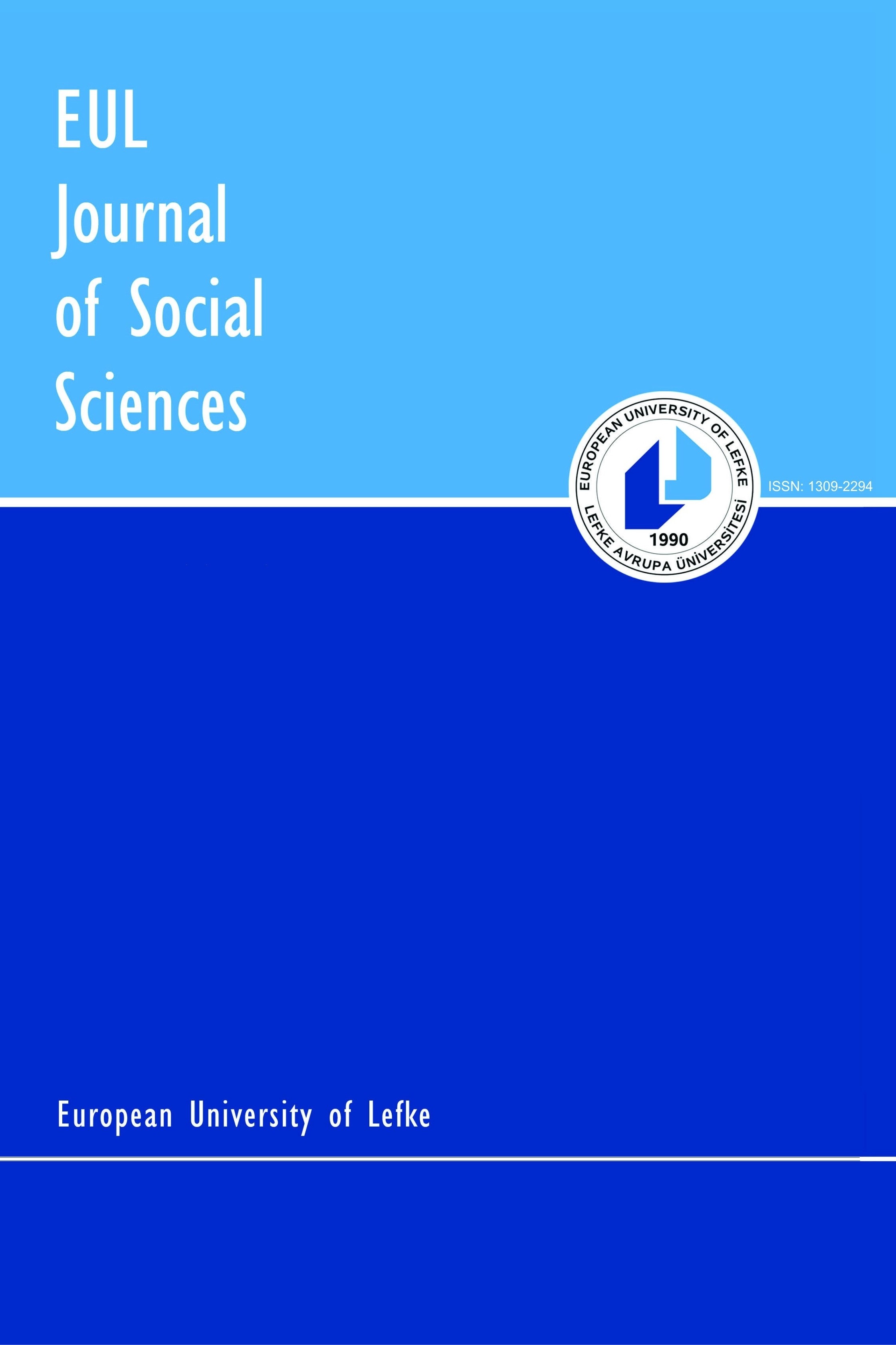Dynamic Aid-Growth Relationship in Nigeria: A Two-Gap Approach
Dynamic Aid-Growth Relationship in Nigeria: A Two-Gap Approach
___
- Abdu, M. (2015), “Impact of Saving, Foreign Aid on Growth in India (1981-2011): A Perspective on Dual Gap Model”, In Proceedings of the International Symposium on Emerging Trends in Social Science Research, 3-5.
- Aghoutane, K., & Karim, M. (2017), “The Impact of Foreign Aid on Economic Growth in Morocco: Econometric Analysis Using VECM”, International Journal of Economics and Finance, 9(5): 87-93.
- Al Foul, B. M. A. (2013), “Foreign Aid and Economic Growth in Egypt and Jordan: An Empirical Analysis”, The Global Journal of Finance and Economics, 10(2): 225-231. Ali, S., & Ahmad, N. (2013), “A Time-Series Analysis of Foreign Aid and Income Inequality in Pakistan”, Global Journal of Management and Business Research, 13(5): 11-20.
- Chenery, H. B & Strout, A. M. (1966), “Foreign Assistance and Economic Development”, The American Review, 56(4): 679-733.
- Chenery, H. B. (1967), “Foreign Assistance and Economic Development” In Capital Movements and Economic Development, Palgrave Macmillan, London, 268-292.
- Dickey, D. A., & Fuller, W. A. (1979), “Distribution of The Estimators for Autoregressive Time Series With a Unit Root”, Journal of the American Statistical Association, 74(366a): 427-431.
- Dimanche, K. S. (2010), “Foreign Aid and Economic Growth”, Doctoral Dissertation, Florida Atlantic University, Honors College.
- Engle, R.F., and C.W. Granger. (1987), “Co-integration and Error Correction: Representation, Estimation, and Testing”, Econometrical: Journal of the Econometric Society, 55(2): 251–276.
- Fashina, O. A., Asaleye, A. J., Ogunjobi, J. O., & Lawal, A. I. (2018), “Foreign Aid, Human Capital and Economic Growth Nexus: Evidence From Nigeria”, Journal of International Studies, 11(2): 104-117.
- Girma, H. (2015), “The Impact of Foreign Aid on Economic Growth: Empirical Evidence From Ethiopia (1974-2011) Using ARDL Approach”, Journal of Research in Economics and International Finance, 4(1): 1-12.
- Harrod, R. F. (1939), “An Essay in Dynamic Economics”, Economic Journal, 49: 14-33.
- Hotouom, L. M. (2015), “The Effect of Foreign Aid on Economic Growth in Tanzani”, https://www.researchgate.net/publication/283644604_The_Effect_of_foreign_aid_on_ economic_growth_in_Tanzania, Retreived: 21.01.2020.
- Hossain, M. S., & Mitra, R. (2013), “The Determinants of Economic Growth in Africa: A Dynamic Causality and Panel Cointegration Analysis”, Economic Analysis and Policy, 43(2): 217.
- Kabete, C. N. (2008), “Foreign Aid and Economic Growth: The Case of Tanzania”. Institutes of Social Studies (ISS), Netherlands.
- Kargbo, P. (2012), “Impact of Foreign Aid on Economic Growth in Sierra Leone: Empirical Analysis”, United Nations University, Working Paper No. 2012/07.
- Kolawole, B. O. (2013), “Foreign Assistance and Economic Growth in Nigeria: The Two-Gap Model Framework”, American International Journal of Contemporary Research, 3(10): 153-160.
- Kwiatkowski, D., Phillips, P. C. B., Schmidt, P., Shin, Y. (1992), “Testing the Null Hypothesis of Stationarity Against the Alternative of a Unit Root”, Journal of Econometrics, 54(1-3): 159-178.M
- Masih, A. M., & Masih, R. (1996), “Energy Consumption, Real Income and Temporal Causality: Results From a Multi-Country Study Based on Cointegration and Error-Correction Modelling Techniques”, Energy Economics, 18(3): 165-183.
- Mbah, S., & Amassoma, D. (2014), “The Linkage Between Foreign Aid and Economic Growth in Nigeria”, International Journal of Economic Practices and Theories, 4: 1007-1017.
- Minoiu, C., & Reddy, S. (2009), “Development Aid and Economic Growth: A Positive Long-Run Relation”, Quarterly Review of Economics and Finance, 50(2): 27-39.
- Mohapatra, G., Giri, A. K., & Sehrawat, M. (2016), “Foreign Aid, Macroeconomic Policies and Economic Growth Nexus in India: An ARDL Bounds Testing Approach”, Theoretical & Applied Economics, 23(4): 183-202.
- Ojiambo, E., Oduor, J., Mburu, T., & Wawire, N. H. (2015), “Aid Unpredictability and Economic Growth in Kenya”, African Development Bank, Working Paper Series No. 226.
- Onyibor, K., Bah, S. I., & Tomiwa, A. (2018), “Aid-Growth Relationship: Evidence from a Cointegratıon Analysis for the Five Poorest Countries of the World”, LAÜ Sosyal Bilimler Dergisi, 9(2): 121-137.
- ISSN: 1309-2294
- Yayın Aralığı: Yılda 2 Sayı
- Başlangıç: 2010
- Yayıncı: Lefke Avrupa Üniversitesi
Generational Change in Business Owners’ Social Ties: The Case of Turkey
Şule ERDEM, H. SÖZEN, Selami SARGUT
Dynamic Aid-Growth Relationship in Nigeria: A Two-Gap Approach
Tomiwa ADEBAYO, Abraham AWOSUSI, Tolulope AJAYI
Oyun Kültürünün Dijital Medyada Yansıması: “Advergaming” İçeriklerine Yönelik Bir Analiz
